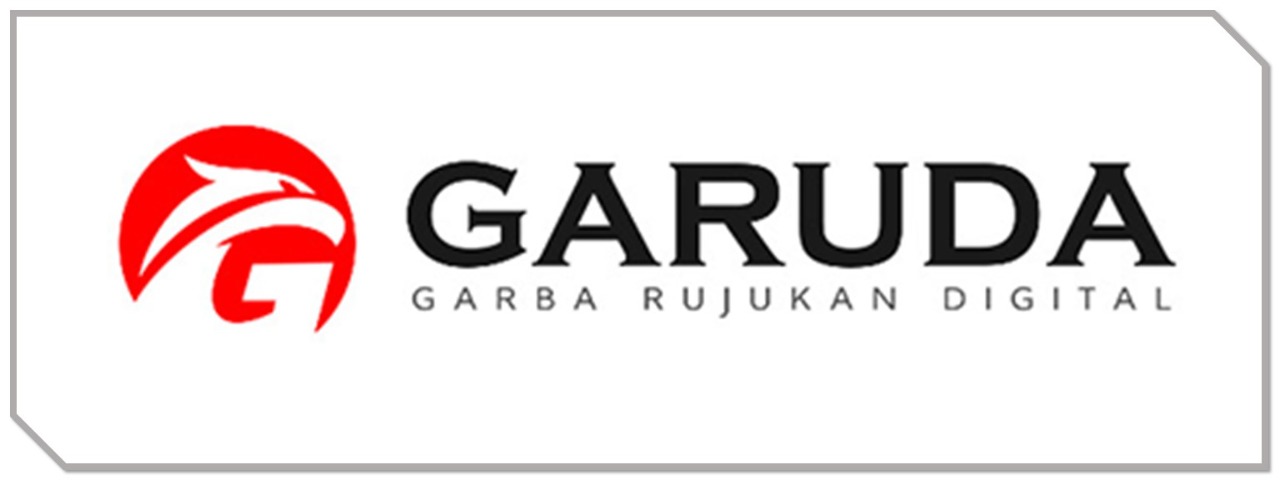Penerapan Model Discovery Learning Untuk Meningkatkan Motivasi Belajar Dan Hasil Belajar Matematika Siswa Materi Bangun Datar Dan Bangun Ruang Di Kelas V SDN Karet 2 Kabupaten Tangerang
DOI:
https://doi.org/10.51903/bersatu.v1i4.266Keywords:
Discovery Learning, Motivation To Learn Mathematics, Results Of Learning Mathematics.Abstract
This study aims to examine the application of the Discovery Learning model in increasing learning motivation and learning outcomes of students in mathematics learning on flat and geometric shapes in class V SDN Karet 2, Tangerang Regency. The Discovery Learning method combines exploratory and knowledge construction approaches, which involve students actively in the learning process. This researcher is a Classroom Action Research (PTK) which is carried out in two cycles with the stages of each cycle consisting of planning, implementing actions, observing, and reflecting. The research subjects were 18 students in class V at SDN Karet 2, Tangerang Regency. Methods of data collection through observation, questionnaires, tests, and documentation were then analyzed using descriptive qualitative consisting of data reduction, data presentation and data verification stages. Based on the results of the study it can be concluded that the application of the Discovery Learning model can increase learning motivation and students' mathematics learning outcomes in the materials of Spatial Shapes and Flat Shapes. Prior to being subjected to action, the average student learning motivation scored below the Minimum Completeness Criteria (KKM) that had been determined by the school, which was more than 75 or in other words incomplete. In cycle I, the average student motivation increased to at least 80% of the total number of students who had a high category of motivation to learn Mathematics (≥75). At least 80% of the total number of students achieves the Minimum Completeness Criteria (KKM) set by the school, which is 80. If the above success indicators have been achieved, cycle I has been successful and there is no need to proceed to the next cycle. However, if problems are still found that have not been resolved, then the action process is repeated in the next cycle by going through the same stages as cycle I, starting from planning, repeating actions, observing/collecting data so that existing problems can be resolved.
References
Kartikasari, I. (2012). PENGARUH METODE DISCOVERY LEARNING TERHADAP MOTIVASI DAN HASIL BELAJAR MATEMATIKA SISWA PADA POKOK BAHASAN KUBUS DAN BALOK. INSTITUT AGAMA ISLAM NEGERI (IAIN) SYEKH NURJATI.
Nordiant, P. (2017). Pengaruh Penerapan Model Pembelajaran Discovery Learning Terhadap Hasil Belajar Matematika Siswa Kelas IV. FKIP UNILA.











.png)
